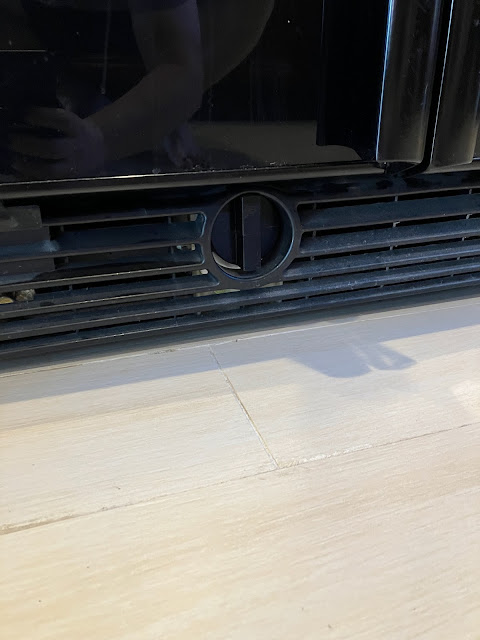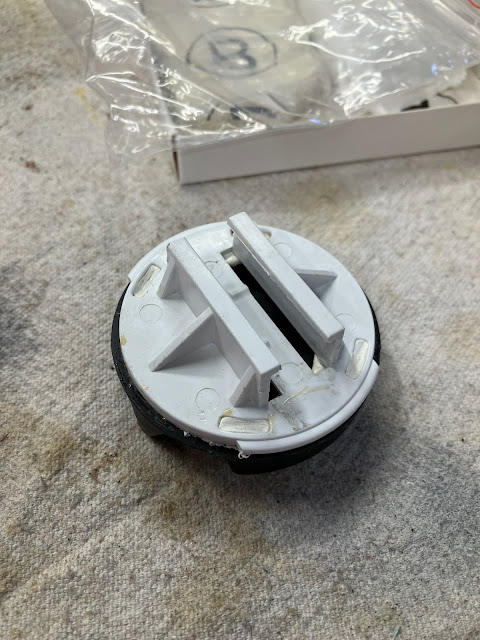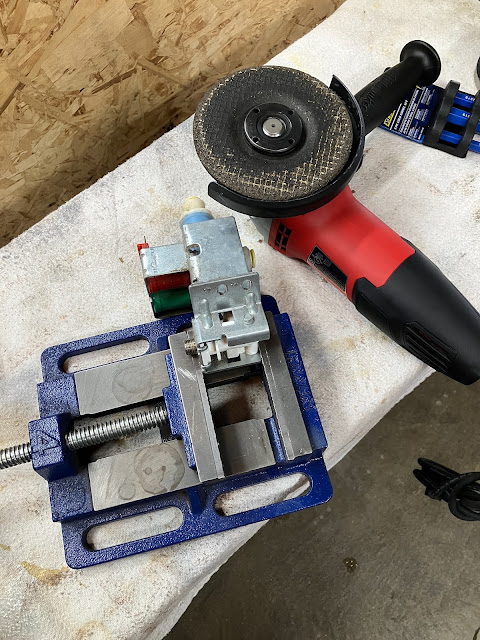And the ebonies will be pinched.
It's time for me to pick up a new hobby (or, more accurately, dredge up an old hobby from back when I was a kid), because I clearly don't have too many of those already.
Like most kids my age, I went through a phase where my parents tried to get me to learn to play the piano. This was likely due to some now-discredited educational theories promoted by now-disgraced educational scientists who were probably just trying to peddle a thinly disguised curriculum of white supremacy to grade school children. This happens more often than you would think.
But enough about that, the piano is a lovely instrument, and this is not a piano.
It's not even an electric piano or a keyboard synthesizer, but is in fact simply a midi keyboard with 61 full-size semi-weighted keys. Apparently the exact right number to precisely span the width of my dining room table. The main difference is that this doesn't make any sound on its own, but instead must be connected to some sort of audio-generating device that turns the midi commands into actual sounds, such as a rackmount synthesizer or, more commonly these days, a laptop computer.
It also has a number of knobs, sliders, drum pads and expression rockers, because let's face it, this is basically just a giant fidget cube for ADHD kids who like to make noise.
Of course the best part of getting any new piece of tech is...
Oh yeah, that's the good stuff.
On the other hand, the worst part of getting any new piece of tech is...
Mmm, yeah. That's the world we live in, alright.
Well, let's get that out of the way.
Now modern midi controllers like this usually don't come with a sustain pedal. They're a generic device though, so you can simply pick the model that best suits your preferences and budget and tack it on to your order. I decided to go with this well-reviewed model from M-Audio.
And let me tell you, it wasn't expensive but it feels good.
It's solid and well weighted and doesn't slip around even slightly, and it's so, so much better than the square pedal that came packed in with the Yamaha electric keyboard that our family had way back in the day, which I think is this exact unit that they still try to sell you for $20 today. For comparison, I spent a whole whopping $25 on this M-Audio pedal. Well worth the extra $5.
Well, anyway, I guess there's just one thing left to do.
This is gonna take a while.
















































